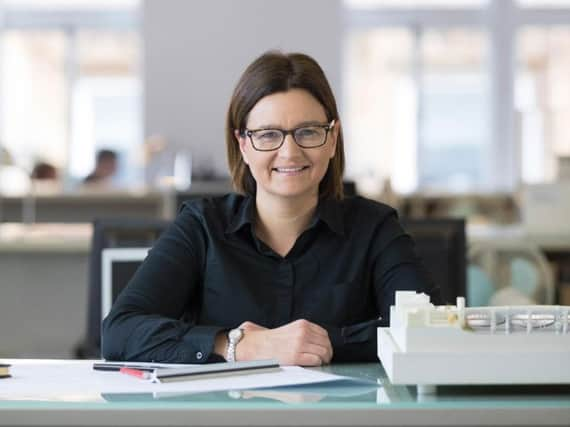How we are building inclusive schools - Lindsey Mitchell


It didn’t do me any harm, but I’m pleased that lessons have since been learned with regards to the design of education environments. Much progress has been made and I am privileged to be part of an inter-disciplinary team which creates inspirational spaces where everyone can learn. A positive attitude shift has taken place in recognition of the diverse learner population and the different ways people learn. Personalisation of education is one of the key aims of the Scottish Government’s policy Getting it Right for Every Child, and, as architects and creators of education spaces, it is important that we do the same.
Much research links well-designed education buildings to improving academic performance, learner attainment and attendance. Factors such as natural light, noise levels, temperature, air quality and classroom orientation affect learners and teachers. Flexible seating options encourage participation and collaboration as well as independent work. Technology also has a key role and teaching is no longer confined to within the classroom walls.
More than teaching
Advertisement
Hide AdAdvertisement
Hide AdAt BDP, one of the messages we hear during consultations is that schools should be at the heart of their communities, and offer more than a building for teaching. They should promote social interaction and lifelong learning in the community, and be accessible all year round. An excellent example of this is Waid Community Campus in Fife, built as part of a Scottish Government’s Scotland Schools for the Future programme.
The teaching and learning spaces are agile and flexible, allowing for classes to be reduced or increased and supporting cooperative learning strategies. But this doesn’t just happen within the walls of the building, outdoor space is also important. Learning from Scandinavian countries, teaching outdoors has a truly positive effect on children academically, but also on their physical and mental wellbeing. An art terrace and outdoor classroom are just a couple of areas BDP created in a recent project at Maidenhill Primary School, for East Renfrewshire Council, allowing for integration of the outdoor experience with curriculum learning.
The external landscape also needs to meet the needs of the diverse learner population. Having one vast playground no longer works. What does work is creating a range of spaces offering choice.
School estates have moved on and we are focused on designing spaces that help schools and their communities achieve their educational and societal aspirations through architecture. We are helping to create public buildings that deliver social, economic, and environmental benefits to the wider community.
Most importantly, through every project we deliver, we are setting the foundations for every child’s learning journey, from early years through to adulthood. And hopefully no more “school’s out for summer”.
- Lindsey Mitchell is architect director at BDP’s Glasgow Studio.